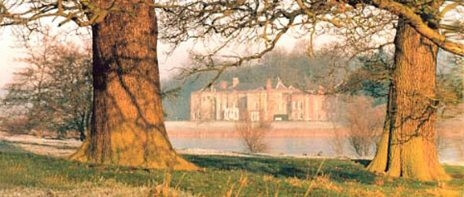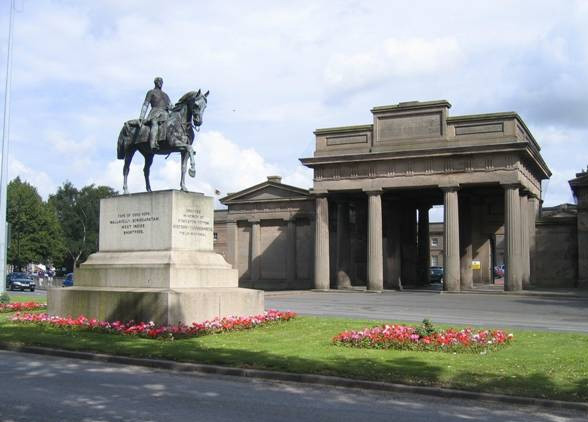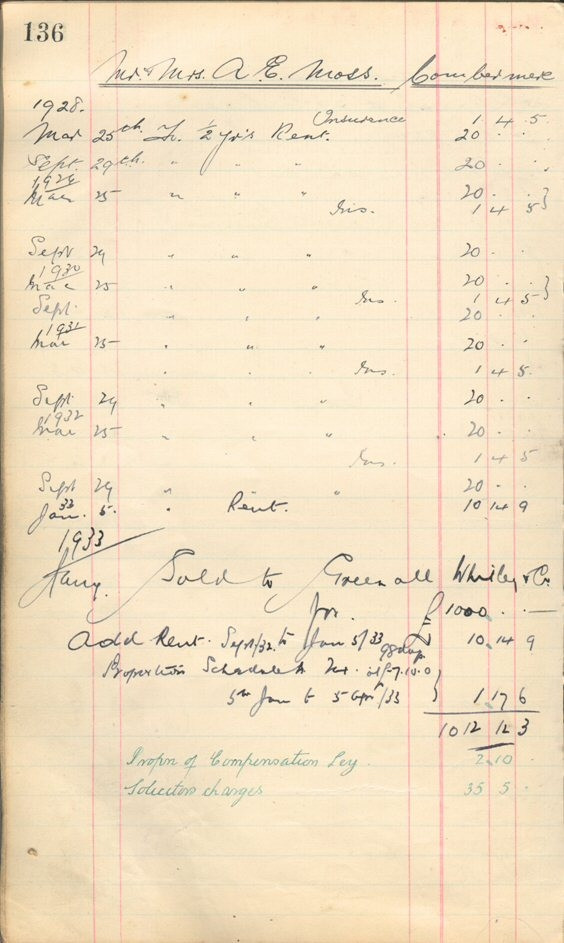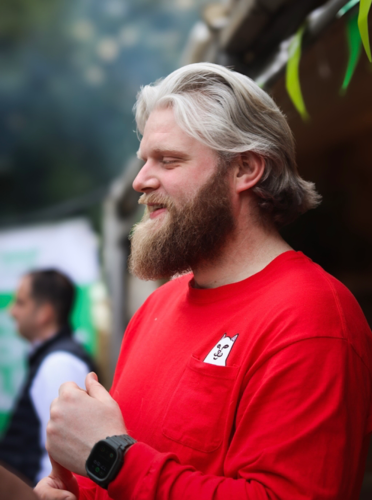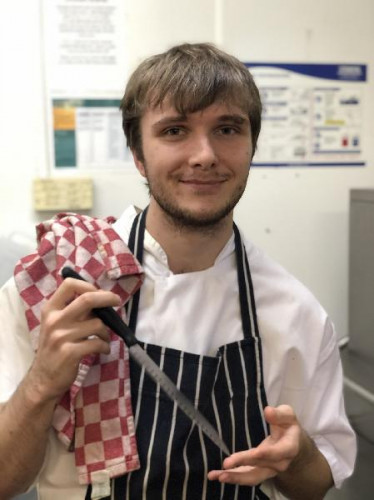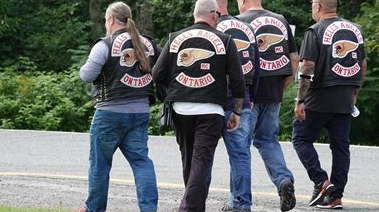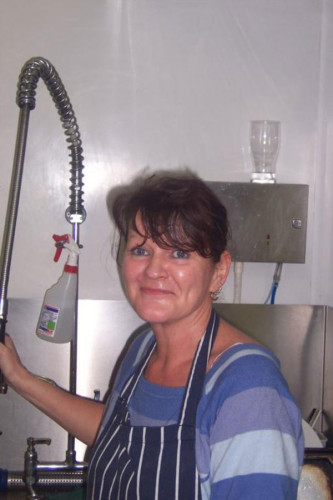The Combermere Arms takes its name from the adjacent abbey which was founded in 1133 by Hugh de Malbanc, Lord of Nantwich. At the Dissolution of the Monasteries, the 22,000 acre estate became the property of Sir George Cotton as a reward for his service to Henry VIII. Most of the abbey buildings except the abbots' house and hall were pulled down, and the house has undergone several remodellings since, although an exceptional oak hammerbeam roof and screen still form part of today's house.
The most notable of the Cottons was Sir Stapleton Cotton, born in 1772, who became a brilliant general and fought under Wellington at the Battle of Salamanca. He was created a peer for his services, becoming Viscount Combermere, and was also Governor General of Barbados and Commander in Chief of Ireland and India.
Sir Stapleton was in military service for 73 years and fought in 17 battles, and was so proud of his prowess on the battlefield he incorporated his medals on his coat of arms, as you can see on the pub signs. Whilst plainly an exceptional man, he was noted for being vain, and was caricatured by Thackeray in his work 'The Book of Snobs' as Sir George Tufto, whose "breast sparkled with innumerable decorations".
An equestrian statue of Sir Stapleton stands at the end of the Grosvenor Bridge in Chester, opposite the entrance to Chester Castle. It is his coat of arms that gives the pub its name.
Strangely, it's been difficult to find records of the pub before the turn of the century. There is a useful book for local historians called 'The Alehouses and Alehouse Keepers of Cheshire 1629-1828', and although the Combermere Arms is mentioned in the index, sadly no detailed entry for the pub is included.
The 'Cheshire Village Book', compiled by the Cheshire Women's Institute in 1990, states that the pub was built in 1540, and the Cheshire Conservation Department reports that the present building incorporates late 17th Century and early 18th Century work, with some original exposed joists. But that's about it so far, so we'd be most grateful for any interesting titbits and especially any early photographs of the pub.
The Cheshire Village Book also records a frequently-told story of two clergymen who sorted out a troublesome ghost in the pub by trapping it in a bottle (Ghostbusters?). They then buried the bottle under the front steps of the pub, and legend has it that if it is ever broken or disturbed, the ghost would be released.
I'd been told this story via email from Lizz Easton in Australia, a former Burleydam resident, so I phoned the builders on site to tell them to keep an eye out for any suspicious bottles - and strangely enough they were digging out the front steps there and then - but sad to relate, the only bottled spirit they came across was behind the bar. The temptation to actually plant an old bottle and scare-up the boys was of course immense. The steps and old front door have now been removed, and are replaced by a 'cellar drop' where barrels of beer are delivered.
Another ghost story concerns a photograph taken in the library of Combermere Abbey in 1891 by Sybell Corbet. The figure of a man can faintly be seen sitting in the chair to the left. His head, collar and right arm on the armrest are clearly discernable. It is believed to be the ghost of Lord Combermere who died in 1891, having been struck and killed by a horse-drawn carriage. At the time Sybell Corbet took the above photo, Combermere's funeral was taking place some four miles away.
The photographic exposure, Corbet recorded, took about an hour. It is thought by some that during that time a servant might have come into the room and sat briefly in the chair, creating the transparent image. This idea was refuted by members of the household, however, testifying that all were attending Lord Combermere's funeral.
In 1919, Sir Kenneth Crossley, founder of the Crossley Car Company and an MP, bought the estate, which was then five thousand acres. In 1992, his great-granddaughter, Sarah Callander Beckett inherited the estate, and lives in the Abbey with her husband, Peter Beckett.
The chap who owns the farm behind the pub, Ian Barton, told us that his grandfather, Argy Barton, bought the pub along with various other farms and parcels of land in 1917 from the Combermere estate for £1000 - less than one-thousanth of its value today. It was run by a tenant before being sold to Greenalls in 1930. In 1948 May Kendall of Nantwich was the licensee, on a yearly rate of £30.
Dave and Margaret Sutton bought it from Greenalls in 1996, and we bought it from them.


